Clinical Documentation Integrity Insights from Dr. Gerry Petratos’ Presentation at IHIMA
Dr. Gerasimos Petratos (Gerry), CEO of HITEKS, recently shared his expertise and vision for the future of Clinical Documentation Integrity (CDI) during a presentation at the Indiana Health Information Management Association (IHIMA). Drawing from his extensive background in medical informatics and pharmaceutical medicine, Gerry provided valuable insights into how technology and collaborative approaches can enhance CDI practices.
From Informatics to Innovation
Gerry began by sharing highlights of his career, which started with an NLM Fellowship in Medical Informatics at the University of Utah, where he worked at LDS Hospital (part of Intermountain Healthcare) and subsequently his entrance into the business side of medicine with pivotal roles in the biopharmaceutical industry. His experience in adverse drug event monitoring and public health research using advanced information systems laid the foundation for his current work. This journey ultimately led to the co-founding of HITEKS in 2011, where the goal has always been to develop systems that empower providers with better information at the point of care.
The Importance of Quality-Sensitive Diagnoses
A key focus of Gerry’ presentation was the identification of quality-sensitive diagnoses, such as those in the PSI 90. He explained how Computer-Assisted Provider Documentation (CAPD) approaches can help providers achieve timely and accurate coding which facilitates the improvement of overall quality of care. This approach reduces the administrative burden on providers and ensures that documentation is comprehensive and compliant.
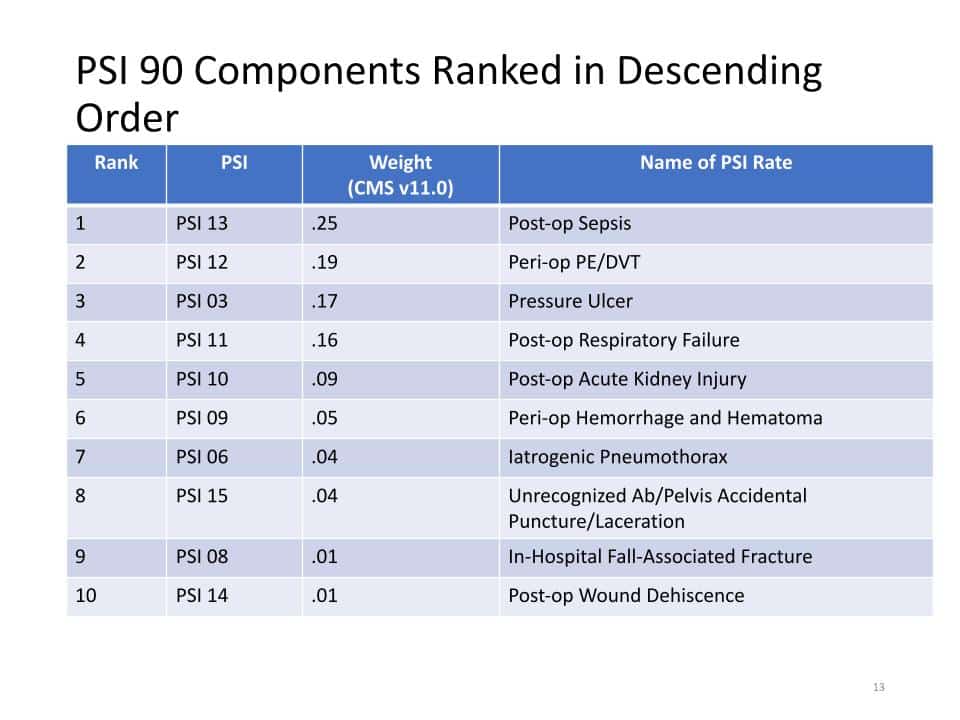
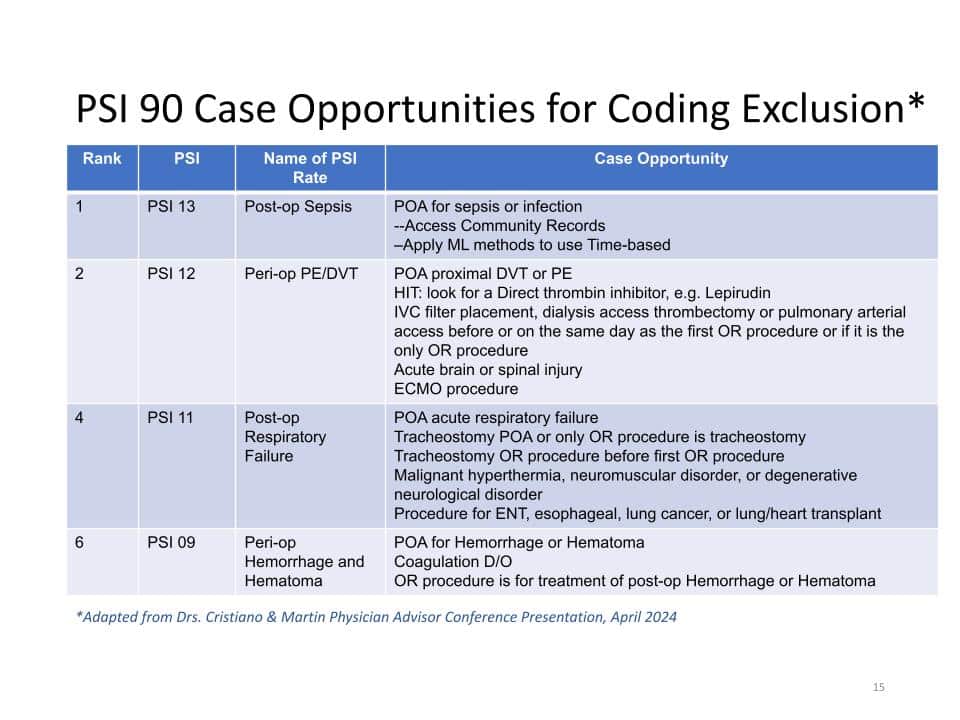
“When we talk about PSI’s we we really need to understand them in relation to one another because some PSIs are fairly uncommon in terms of their contribution to the PSI 90 composite score,” he explained.”Each individual PSI is important for their own individual reason because they’re trying to track and improve the occurrence of these patient safety events. I don’t want to minimize the importance of any of these. When it comes to tracking the overall performance of an organization according to patient safety and the composite score PSI 90 is weighted, and therefore, we really do need to consider the weights.”
Reducing Alert Fatigue
One of the significant challenges in healthcare documentation is alert fatigue. Gerry discussed techniques to manage and reduce alert fatigue, emphasizing the need for a balance between necessary alerts and the cognitive load on healthcare professionals. While quality documentation is crucial, it often adds to the existing workload of providers, contributing to burnout. Healthcare systems can support clinicians without overwhelming them by implementing targeted and meaningful alerts.
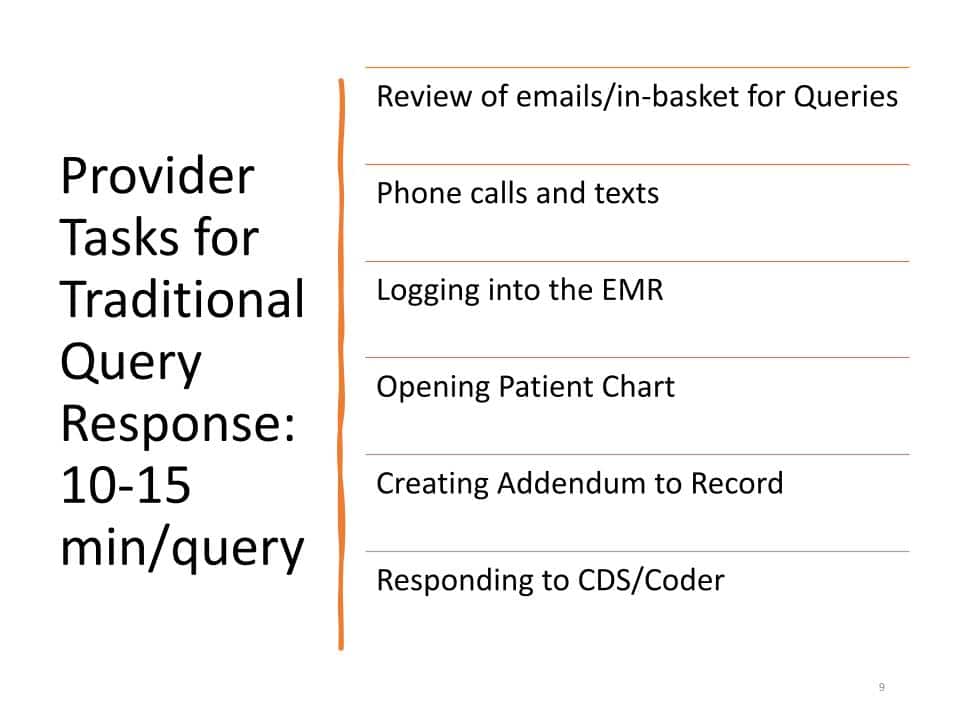
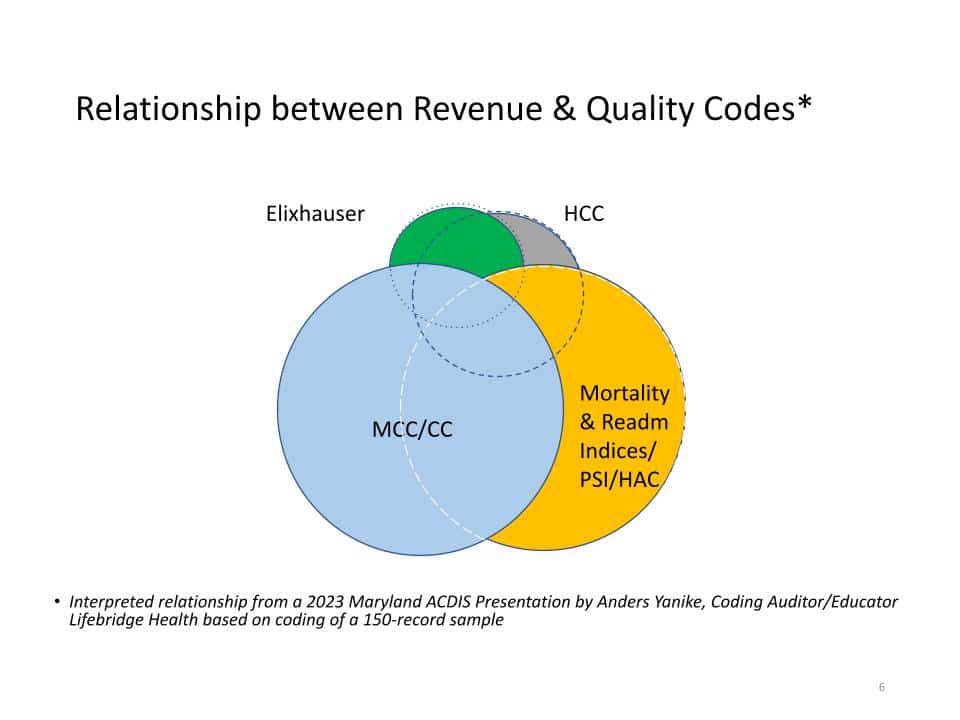
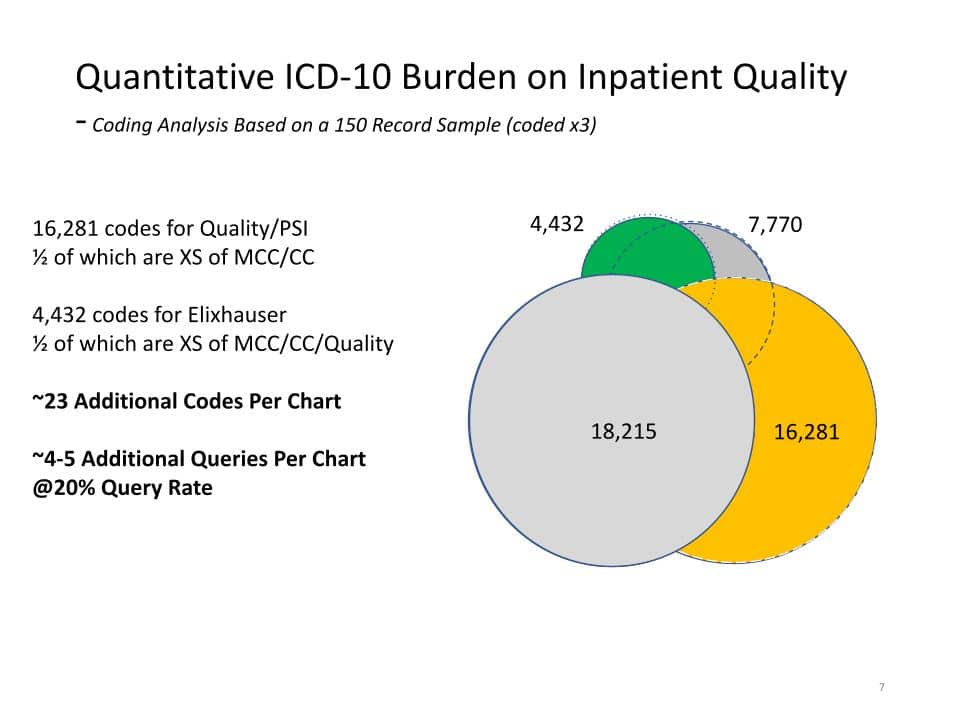
Providing CDI Teams with Data-Driven Insights
Gerry emphasized the power of data-driven insights and probabilistic models in empowering CDI teams. Using sepsis detection as an example, he explained how machine learning can provide more accurate and timely diagnoses. Sepsis, Septic Shock and other conditions evolve over time, with constantly changing signs, symptoms, vitals and observational tests providing a likelihood of the condition’s presence and status. Transparency around the presence of these clinical variables and their impact on the Machine Learning model allows clinicians to make an informed decision. This not only enhances the efficiency of the CDI Program but also improves patient outcomes by facilitating early and precise identification of critical conditions.
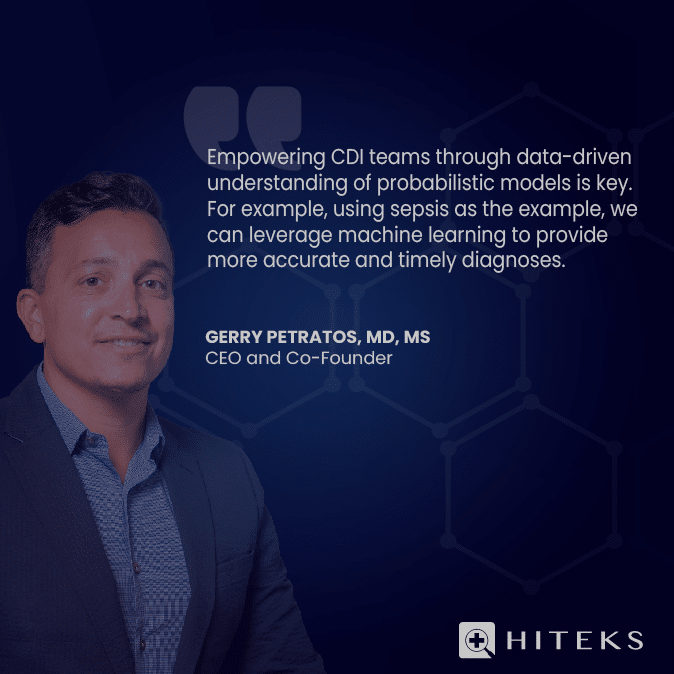
The Burden of Quality Documentation
Addressing the additional burden that quality-sensitive documentation places on providers, Gerry shared insights on how efficient documentation systems can alleviate this load. He noted that traditional query responses can be time-consuming, often adding up to significant hours per chart. Automation and in-workflow clarifications can significantly reduce this time, allowing providers to focus more on patient care.
The Role of Automation in Clinical Documentation
Automation in clinical documentation was another key theme of Gerry’ presentation. He explained how automated systems could reduce the traditional burdens of time and access for Providers in their query responses, enabling providers to handle multiple queries in minutes rather than hours. Also, smarter communications while Providers are in their Note, before they save or sign their documentation, without overburdening the Providers with too many queries, can reduce alert fatigue. When the computer is suggestive and without “hard stops” to mandate a response, as most EHR alerting does, the Provider knows that they can benefit timewise if they respond at that moment, but they can also come back to the computer’s advice in their next note or from their patient or To-Do lists. This not only improves the efficiency of healthcare delivery but also enhances administrative requirements to ensure accuracy and completeness of patient records.
Continuous Improvement through Feedback Loops
Gerry concluded by discussing the importance of continuous improvement through feedback loops. He emphasized that the future of healthcare documentation lies not just in data collection but in creating feedback mechanisms that enable continuous learning and adaptation. By integrating these feedback loops into clinical workflows, healthcare systems can ensure that documentation practices evolve and improve over time.
Dr. Gerry Petratos’ presentation at IHIMA underscored the transformative potential of technology in enhancing Clinical Documentation Integrity. His insights into reducing alert fatigue, empowering CDI teams with data-driven models, and leveraging Machine Learning for better clinical outcomes highlight his thought leadership in the field. As healthcare continues to evolve, the integration of advanced technologies and collaborative approaches will be crucial in achieving high-quality patient care and efficient healthcare delivery.
